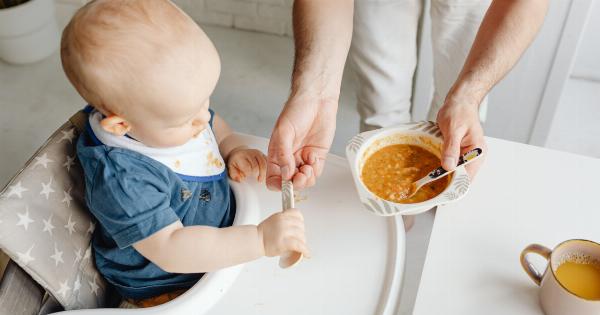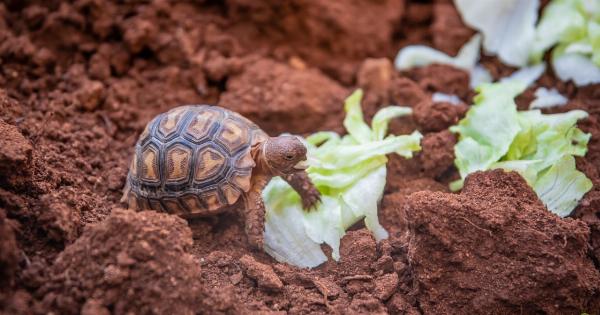Weaning is an important milestone that parents face with their little ones. Weaning is the process of gradually transitioning a baby from breastmilk or formula milk to solid foods.
This transition can be challenging and, at times, emotional for both baby and parent. It is important to consider the signs that indicate your baby may be ready, and to take the process slowly, so that your baby has time to adjust to the change.
Why Wean?
Weaning is a natural part of a baby’s development. Breastmilk or formula milk provides complete nutrition for the first six months of a baby’s life.
After that, the baby’s nutritional needs change and they require additional nutrients to help support their growth and development. Introducing solid foods is the best way to provide your baby with these added nutrients and it can also help to develop their taste buds, improve their digestive system and encourage independence as they learn to feed themselves.
Signs that Your Baby is Ready to Wean
Every baby is different and there is no specific age at which all babies are ready to wean. Here are some signs that can indicate your baby is ready to start weaning:.
1. They show interest in food: If your baby starts showing interest in the food you’re eating, it could be a sign that they are curious and eager to try out different foods.
2.
Their weight gain has slowed down: Once your baby’s weight gain starts to decrease, it is a sign that their nutritional needs are changing and that they require additional nutrients to help support their growth and development.
3. They are able to sit up: Sitting up is a sign that your baby’s digestive system has matured enough to handle solid foods.
4.
They are able to coordinate their hands and mouth: When your baby is able to pick up small pieces of food and bring them to their mouth, it is a sign that their fine motor skills are developing and they may be ready to start weaning.
How to Start Weaning Your Baby
There are different weaning methods that parents can adopt depending on their preference, their baby’s age and their baby’s developmental stage. Here are some tips to help you through the weaning process:.
1. Start small: Begin by offering your baby small amounts of soft, mashed foods, such as pureed fruits or vegetables, or infant rice cereal.
2. Offer a variety of foods: Offer your baby a variety of tastes and textures to help develop their taste buds and encourage them to enjoy different types of foods.
3. Introduce foods one at a time: Introduce new foods one at a time to help identify any foods that your baby may be allergic to or have a negative reaction to.
4. Make feeding times fun: Feeding times are an opportunity to bond with your baby and can be fun and enjoyable for both of you. Make sure your baby is comfortable and happy during feeding times.
How Long Does Weaning Take?
Weaning is a gradual process that can take several months to complete. It is important to take the process slowly, so that your baby has time to adjust to the changes in their diet.
It is also important to follow their cues and allow them to guide the pace of weaning.
Signs that Your Baby is Ready to Move on from Purees
As your baby grows and becomes more comfortable with solid foods, they may start to show some signs that they are ready to move on from purees and onto more textured foods. Here are some signs to look out for:.
1. They are able to chew: When your baby is able to chew foods, it is a sign that they are ready to move on from purees.
2. They are showing signs of boredom with purees: If your baby is showing disinterest or boredom with purees, it could be a sign that they are ready for more variety and texture in their diet.
3. They are able to swallow chunkier foods: If your baby is able to swallow chunkier foods without gagging or choking, it is a sign that their coordination is developing and they may be ready for more textured foods.
The Bottom Line
Weaning is an important milestone that should be approached with patience and care. Every baby is different, so it’s important to follow their cues and adjust the weaning process to their individual needs.
Remember to be patient, offer a variety of foods and most importantly, enjoy this special time bonding with your little one as they grow and develop.





























